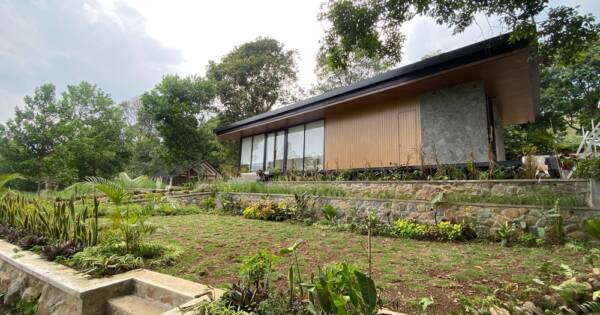Buying a home can seem financially intimidating, but various payment assistance programs are designed to alleviate this burden. From government and state-sponsored initiatives to community-backed assistance and alternative financing methods, key programs aim to make homeownership attainable. Understanding the types of help available and how to access them can significantly ease the path to buying a home. Discover how the right resources can empower prospective buyers to overcome financial barriers and secure their dream home.
Understanding Payment Assistance for Your Home Purchase
Purchasing a home can be an exciting yet financially daunting venture. Fortunately, there are various assistance programs available to help ease the financial burden, particularly concerning down payments.
These programs play a pivotal role in making homeownership accessible to a wider audience. Options like grants, second mortgages, and gifts from family members can all contribute significantly to covering initial costs.
Government and State-Sponsored Programs
Many government-supported initiatives are specifically designed to assist first-time and low-to-moderate-income homebuyers. The Federal Housing Administration (FHA) offers several down payment assistance programs, including grants and second mortgages with favorable terms.
For example, the Chenoa Fund provides a zero-interest second mortgage, allowing buyers to offset 3.5% of the purchase price, potentially forgivable after maintaining consistent mortgage payments. Such initiatives offer substantial help but often come with specific eligibility criteria and ongoing obligations, such as income thresholds and educational requirements.
The Role of Community and Nonprofit Assistance
Beyond governmental support, numerous community-backed programs are available. These can be facilitated through state housing finance agencies, nonprofit organizations, and even specific localities. Such programs often provide grants or low-interest loans tailored to first-time homebuyers or those with income restrictions relative to their area. Notable programs include Illinois’ IHDA Access and California’s MyHome Assistance initiatives, each with unique benefits and qualifying conditions, establishing a framework that encourages housing market participation.
Alternative Financing and Sweat Equity
Aside from direct financial assistance, alternative methods like sweat equity provide additional avenues for homeownership. This strategy enables buyers to use the value of their own labor towards their down payment, reducing immediate out-of-pocket expenses. Additionally, options such as Community Seconds mortgages facilitate a second lien, allowing further financing and enhancing affordability by distributing costs over an extended period.
Finding the Right Assistance
Navigating the multitude of available assistance programs can be overwhelming. Prospective homebuyers are encouraged to explore resources like HUD, financial agencies, and city or county websites to identify appropriate options.
Many resources offer tools and guidance to assess eligibility based on income, property type, and financial contributions. Homebuyer education courses often serve as prerequisites, ensuring participants understand fiscal responsibilities and the home buying process.
Why You Should Learn More About Homebuyer Assistance Today
The dream of owning a home is within closer reach than many realize, thanks to the plethora of payment assistance programs available. These initiatives cater to a wide range of financial situations and offer considerable support in managing the often prohibitive costs associated with down payments and closing processes.
By understanding and utilizing these resources, potential homeowners can navigate financial obstacles effectively, enabling them to achieve stability and investment through homeownership. Exploring these options can significantly ease the path to acquiring a new home, opening doors to financial growth and personal fulfillment in the long term.




